#Ethnography
Explore tagged Tumblr posts
Note
Did you see the Mike Hatsune trend on twitter? So many Catalan Mikus!!!
I hadn't seen it! They're so cool!!
(And by the way, Miku is already Catalan 😉 the software used for her voice —Vocaloid— was created by the Pompeu Fabra University in Barcelona)
Say in the comments which one is your favourite!
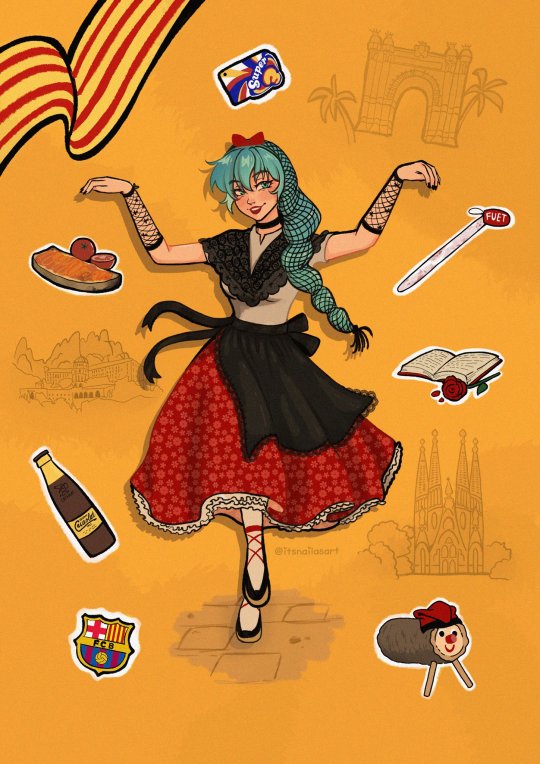
Miku dancing sardanes wearing traditional clothes (pubilla outfit). By @/itsnailasart

Miku in a calçotada! By @/miden808
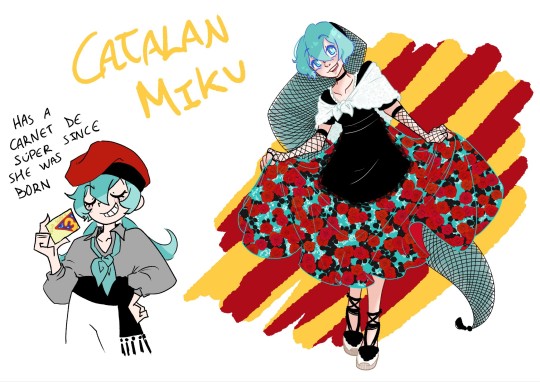
Miku castellera and pubilla Miku. By @/SpaceSpheal (also on Tumblr @spacespheal!)


Modern girl Miku who is a monitora de cau. By @/enosst

Miku castellera!! By @/TaySokka

Miku dancing sardanes. By @/NoddlsChikk

Miku with a Tió de Nadal. By @/gatomonogordo

Miku with the dragon, Mic and a calçot. By @/mewvy_y.

Miku dressed as castanyera! By @/lau_artwork
I've reached the photo limit for a Tumblr post but there's more! Say which one is your favourite in the tags. I can't choose just one but I'd say the 1st one, SpaceSpheal's, and the castanyera.
#arts#hatsune miku#miku#catalunya#catalonia#cultures#miku hatsune#vocaloid#culture#ethnography#folk fashion#traditional clothes#folk clothing#folk clothes#coses de la terra#art#digital art#world miku
1K notes
·
View notes
Text

Slavic Women from Northern Macedonia
#ethnography#traditional costume#northern macedonia#macedonia#balkan#balkans#slavic#slavs#macedonian
183 notes
·
View notes
Text
2,000-Year-Old Fayum Portraits from Roman Egypt: also known as "mummy portraits," these funerary paintings were often fastened to the coffins of the people they depicted

Above: Fayum portrait of a woman from Roman-occupied Egypt, c.100-110 CE
Fayum portraiture was a popular funerary practice among the upper-class families of Roman Egypt from about 50 CE to 250 CE. Given the high mortality rates for children during this period, many of these portraits depict children and youths, but adults were often featured, too.
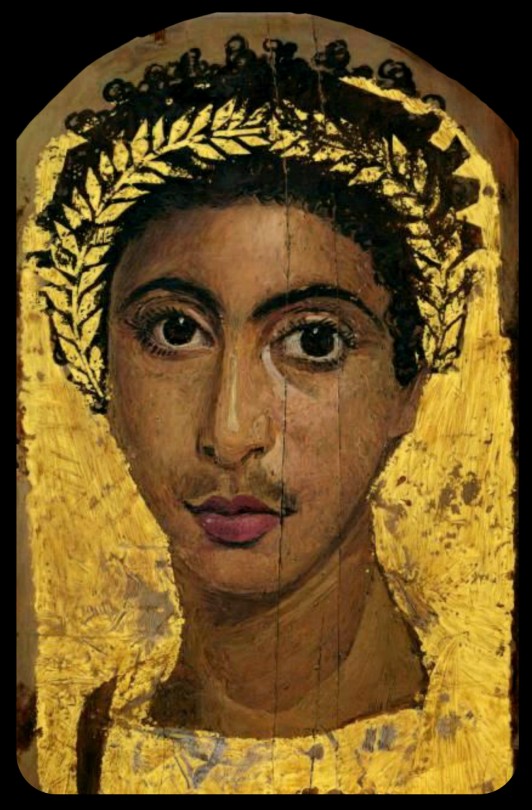
Above: portrait of a youth wearing a golden wreath, c.130-150 CE; the wreath and the background of the portrait are both gilded
The population of the Faiyum Delta, where most of these portraits were found, largely contained individuals with both native Egyptian/North African and Greek heritage. The Greek lineages can be traced back to the Ptolemaic period, when the Greeks gained control of Egypt and began to establish settlements throughout the region, gradually leading to a cultural diffusion between the Greek and Egyptian populations. The Romans eventually took control of Egypt in 31 CE, absorbing it into the Roman Empire and colonizing much of North Africa, but the demographics of the Faiyum Delta remained largely unchanged.

Above: portrait of a man with a mole on his nose, c.130-150 CE
Many of these Fayum portraits reflect the same blend of ethnic and cultural roots, depicting individuals with both Greek and native Egyptian heritage (a claim that is supported by both archaeological and genetic evidence). Some portraits may also depict native Egyptians who did not have any European ancestry, but had been integrated into Greco-Roman society.

Above: portrait of a bearded man, c.170-180 CE
These representations of native Egyptians provide us with unique insights into the actual demographics of Roman-occupied Egypt (and the ancient world at large). Non-European peoples are rarely included in depictions of the classical world; it's also interesting to see the blend of cultural elements that these portraits represent.
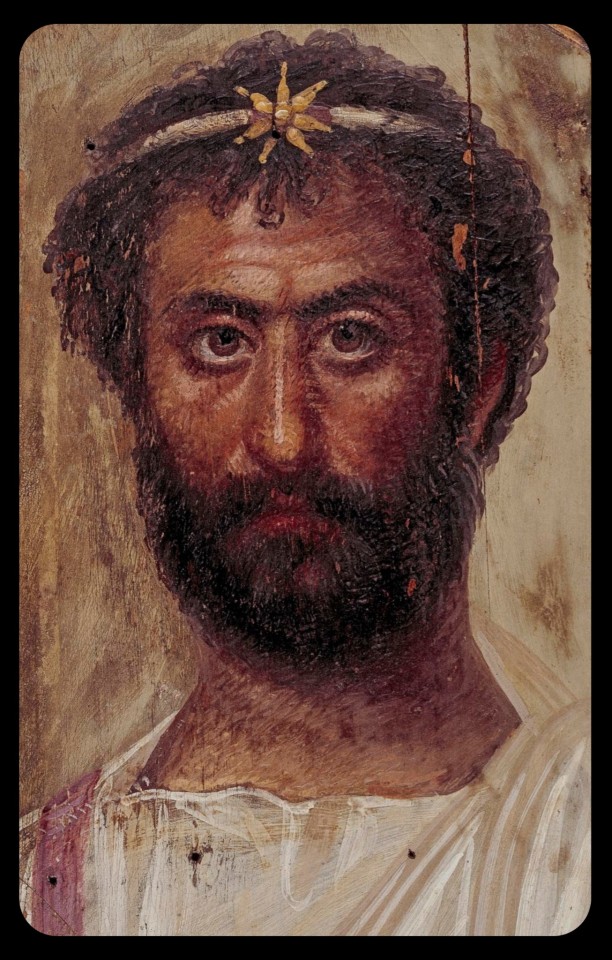
Above: portrait of a priest of Serapis, c.140-160 CE; the man in this portrait is shown wearing a fillet/crown that bears the seven-pointed star of the Greco-Egyptian god, Serapis
As this article explains:
In the 1800s and early 1900s, Western art historians didn’t know what to make of these portraits. Scholars of Roman history labeled them Egyptian. Scholars of Egyptian history labeled them Greco-Roman. These binary academic classifications failed to capture the true complexity of the ancient (or, indeed, modern) Mediterranean. In reality, Fayum portraits are a syncretic form, merging Egyptian and Greco-Roman art and funerary practices. They reflect the cosmopolitanism of both Roman and Egyptian history.

Above: portrait of a man, c.80-100 CE (left); portrait of a bearded officer, sometimes referred to as "Perseus," c.130-175 CE (right)
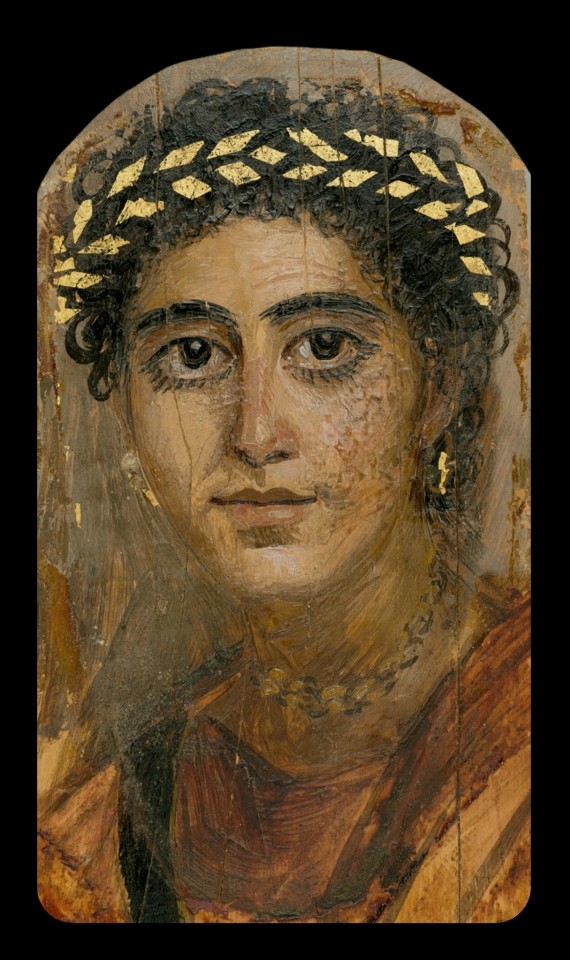
Above: portrait of a young woman in red, c.90-120 CE
Nearly 1,000 of these portraits are currently known to exist.
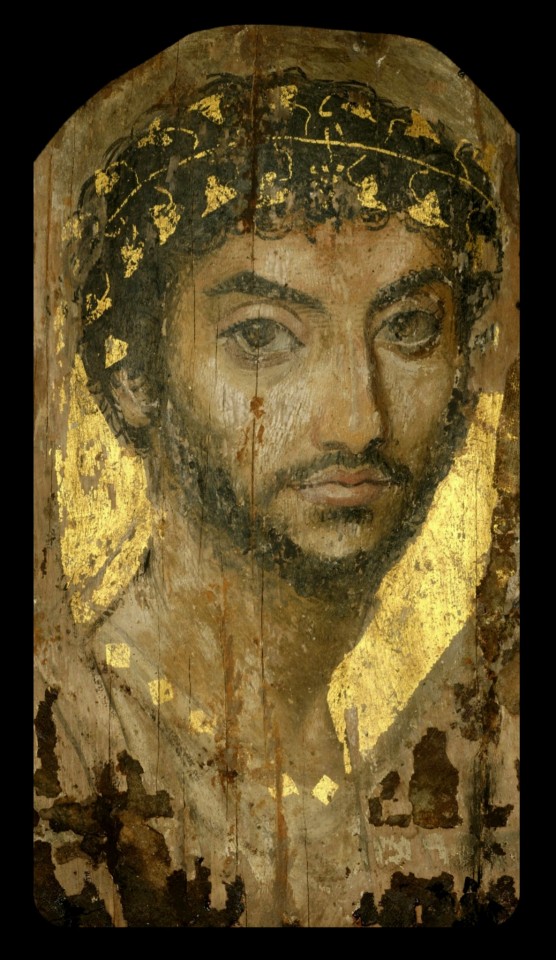
Above: portrait of a man wearing a gilded ivy wreath, c.100-150 CE
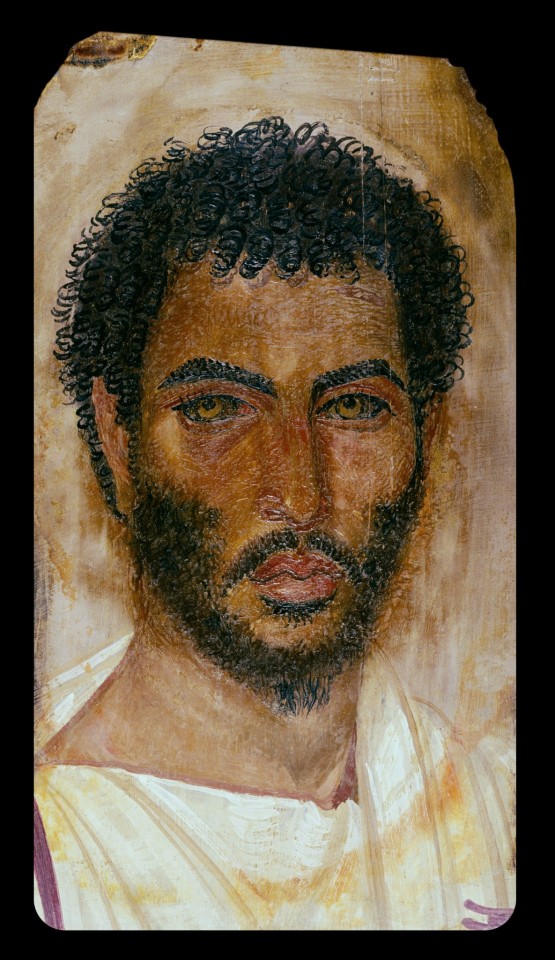
Above: portrait of a bearded man, c.150-170 CE
Sources & More Info:
Curationist: Fayum Portraits
Harvard Art Museums: Giving the Dead their Due: an Exhibition Re-Examines Funerary Portraits from Roman Egypt
Getty Museum: APPEAR Project
Getty Museum: Faces of Roman Egypt
National Geographic: Ancient Egypt's Stunning, Lifelike Mummy Portraits
The Athens Centre: The Myth of Whiteness in Classical Sculpture
Forbes: Whitewashing Ancient Statues: Whiteness, Racism and Color in the Ancient World
#archaeology#artifact#anthropology#history#ancient history#art#fayum portraits#roman egypt#ancient rome#ethnography#painting#portrait#north africa#people of color#egypt#religion#greco roman#greek#classical antiquity#fayum#mummy portraits#romano egyptian#representation
420 notes
·
View notes
Photo



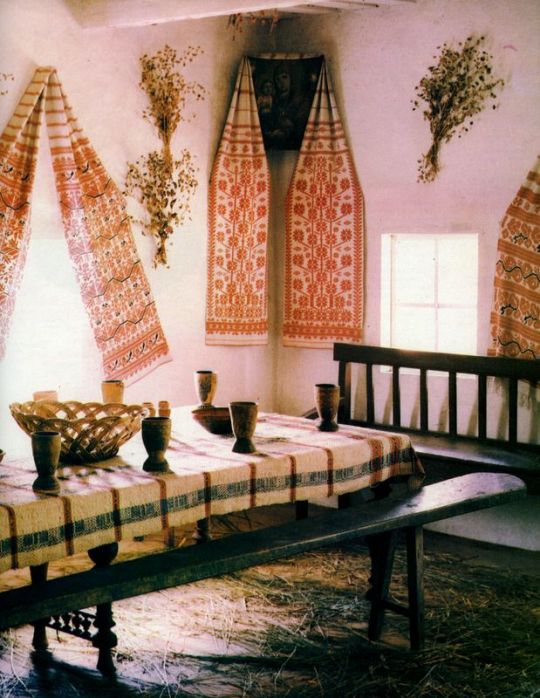
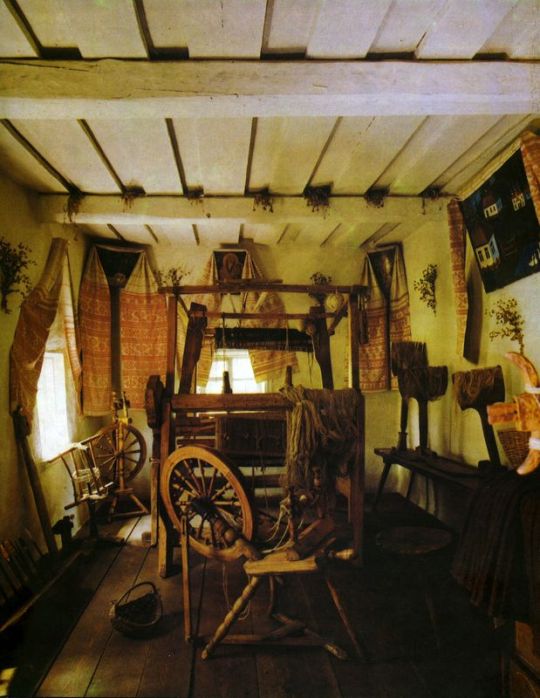
Interiors of Ukrainian traditional residential buildings from central parts of Ukraine. Exhibits of the Museum of Folk Architecture in Pereyaslav-Khmelnytsky on the pages of the album "Treasures of our memory" (1993)
#culture#world culture#architecture#world architecture#rural architecture#wooden architecture#museum#eastern europe#folk culture#pereyaslav-khmelnytsky#folk aesthetic#ethnography#ethnology#photography#український tumblr#український тамблер#interiors#cottage
889 notes
·
View notes
Text
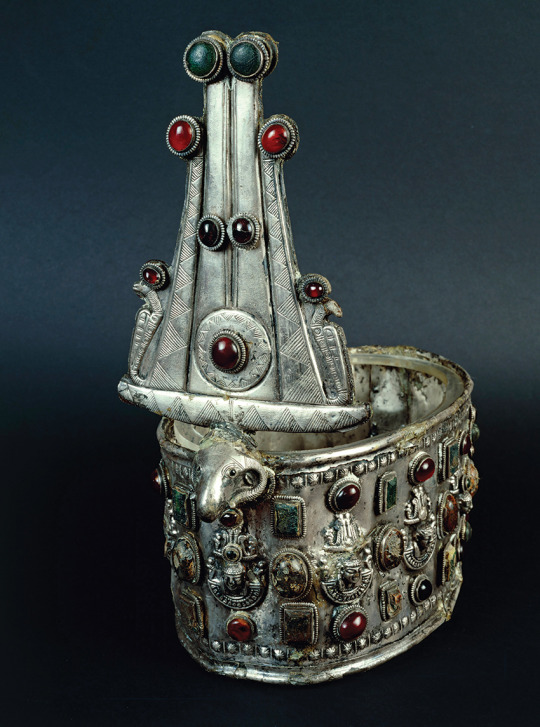
Man’s Crown. 400s–500s CE. Nubia, Qustul (Sudan), X-Group or Ballana culture, unknown jeweler. Silver, gemstones (including garnet and carnelian), and paste stones (glass); 20 x 15 cm. Egyptian Museum, Cairo.
514 notes
·
View notes
Text
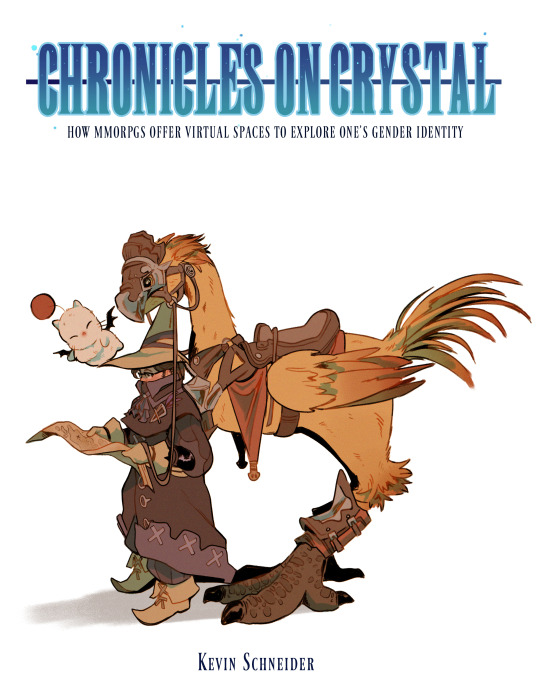


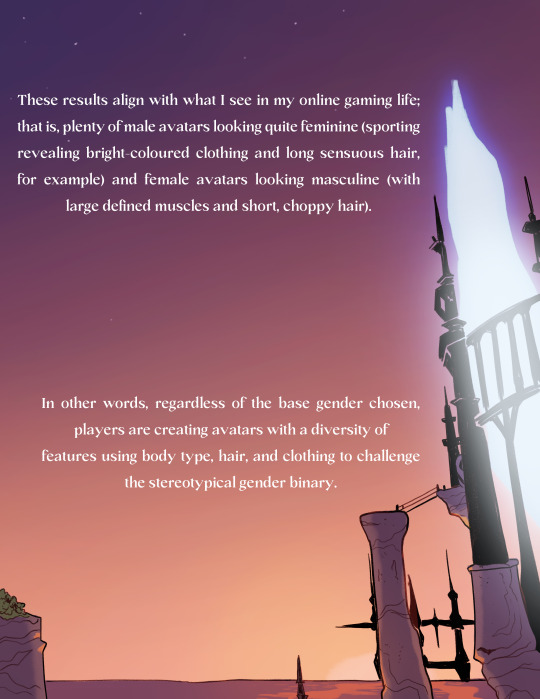



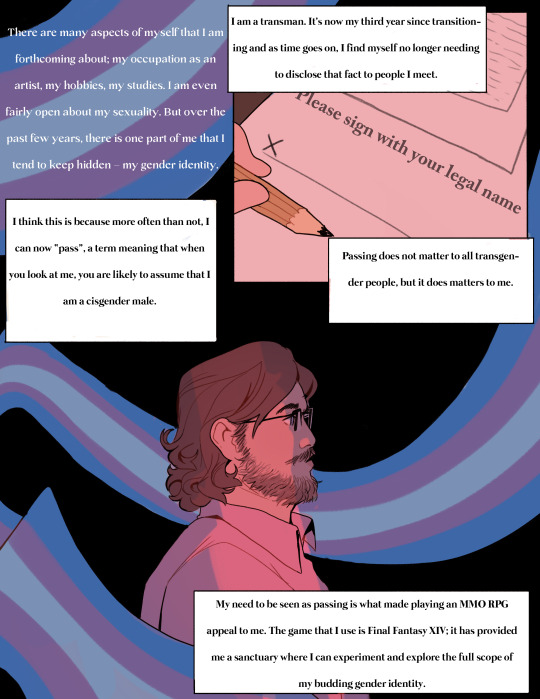

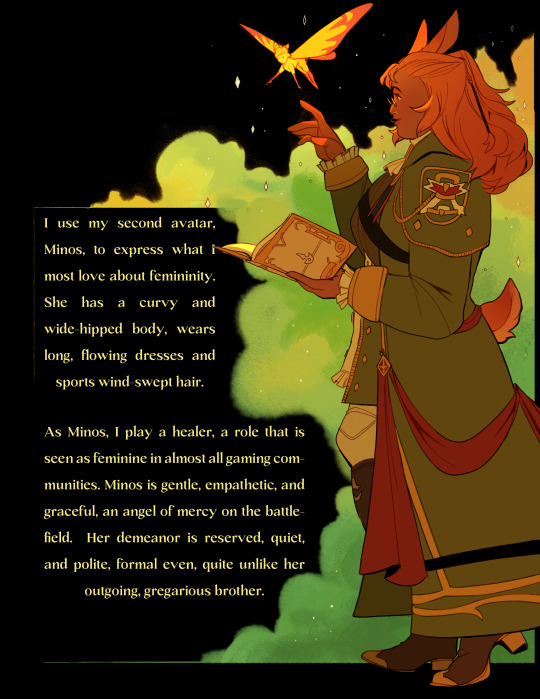
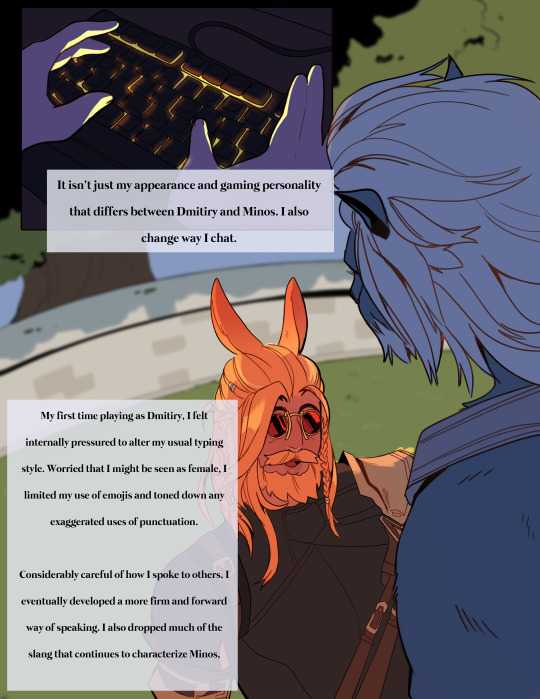
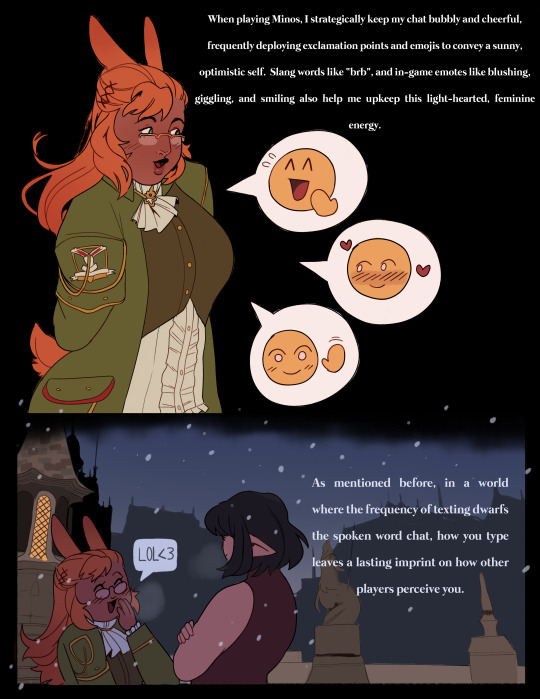

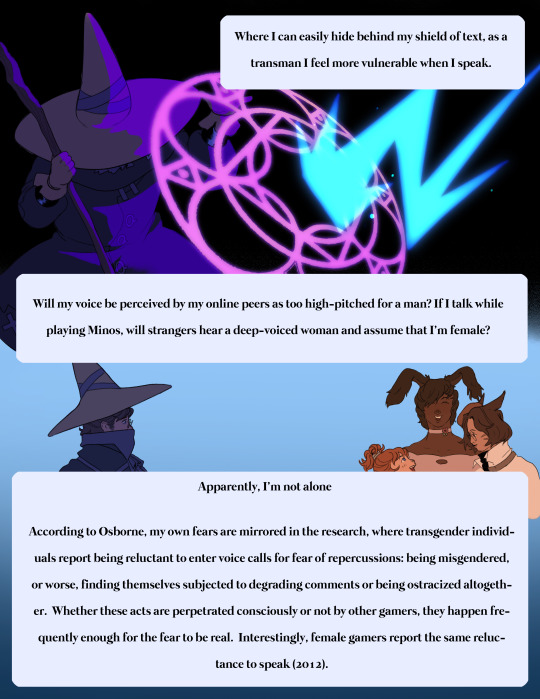
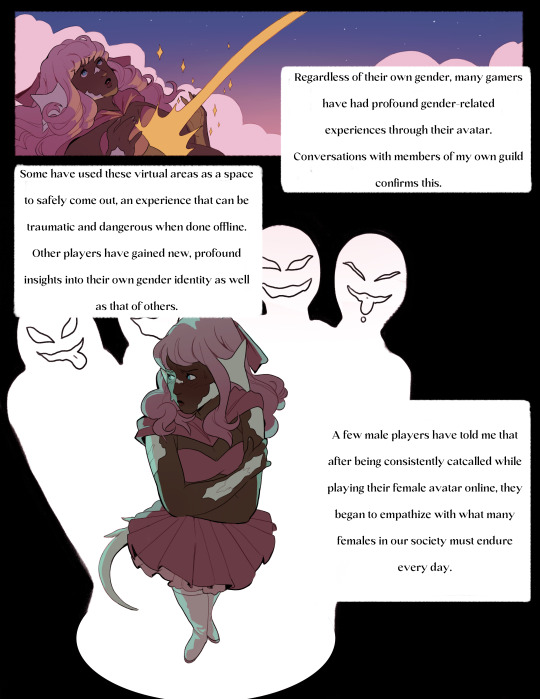
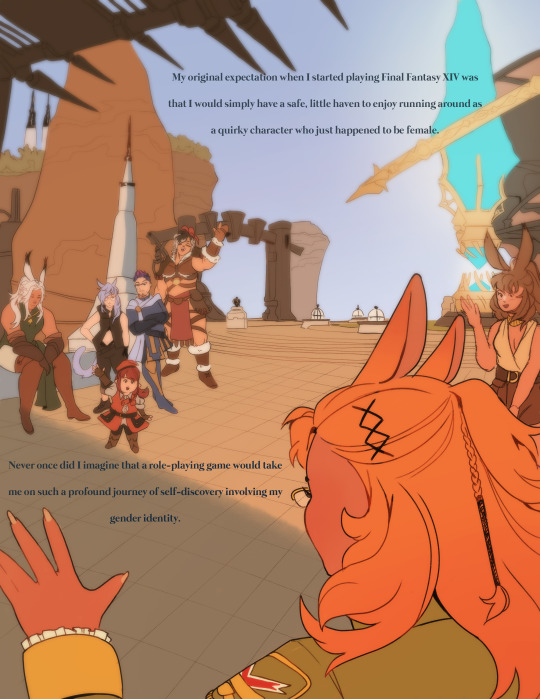

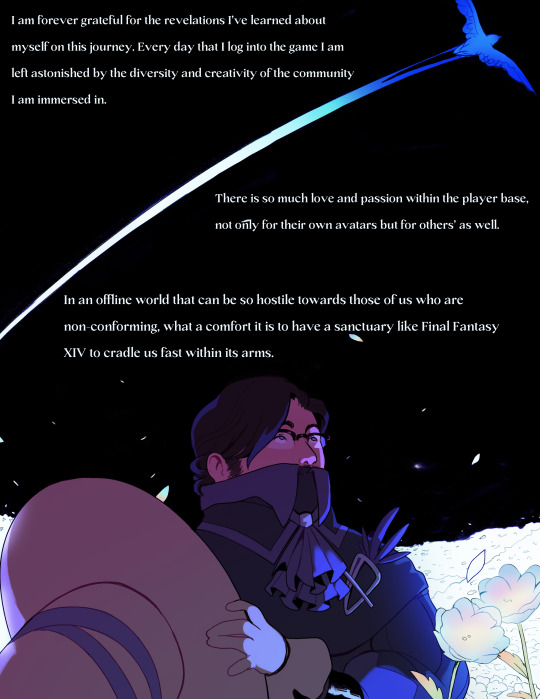
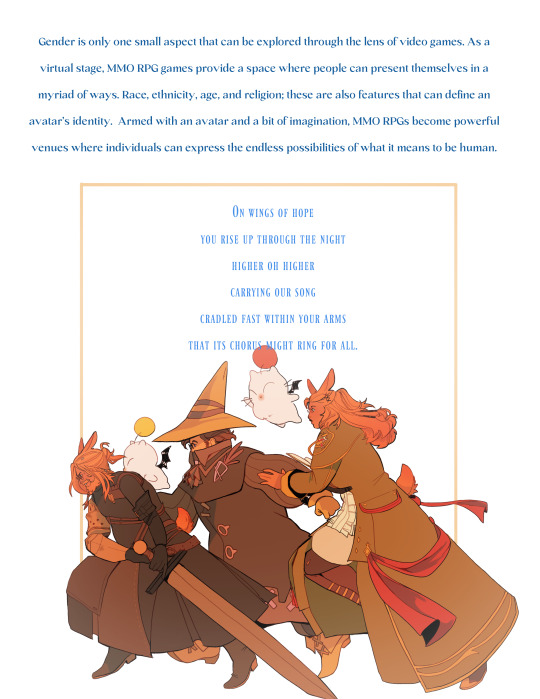

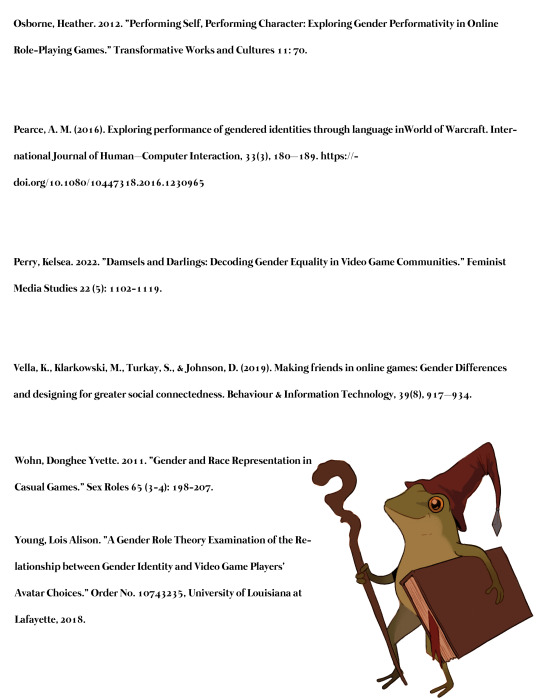
I created a small graphic novel to present my research and self ethnography about gender identity and MMORPGs! This was 2 years of research in the making, and I poured my whole heart into it
#FFXIV#final fantasy xiv#ethnography#please give it a read and share if you can!! i poured so much of my love and life into this project for the past 2 years#and i aint even done yet!! I'm continuing this research going into the next few months!
1K notes
·
View notes
Photo

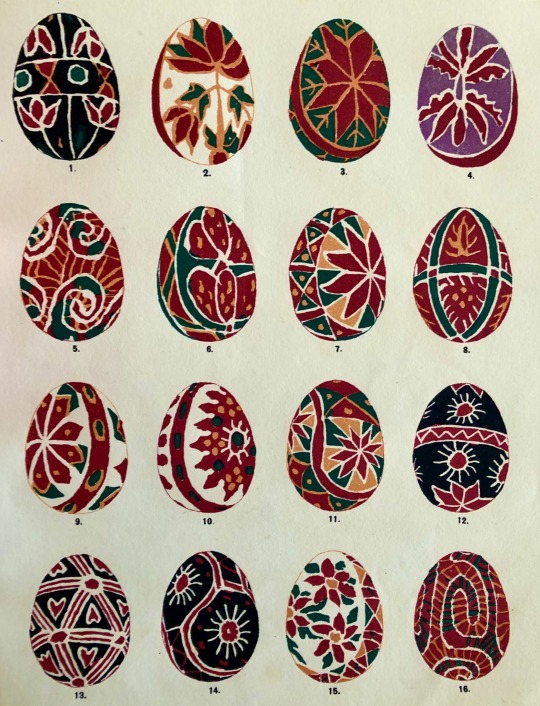
Ukrainian traditional Easter eggs Pysanka from The Description of the Folk Pysanka Collection by S.Kulzhynsky, 1899
The collection described in the book was given to the museum in Poltava by the Ukrainian noblewoman, philanthropist, and collector Kateryna Skarzhynska.
#Kateryna Skarzhynska#easter egg#pysanka#easter#Ukrainian Easter#The Description of the Folk Pysanka Collection#Ukrainian art#vintage book illustration#vintage books#Ukrainian book#1890s#ethnography#S.Kulzhynsky
1K notes
·
View notes
Text







northern ontario gothic i // ontario, canada // 2007-2014 // ©
#my photos#original photographers#photographers on tumblr#photos#photography#ethnography#gothic#american gothic#rural#small town#northern ontario#ontario#canada#timmins#sudbury#muskoka#travel#people#teenagers
98 notes
·
View notes
Text
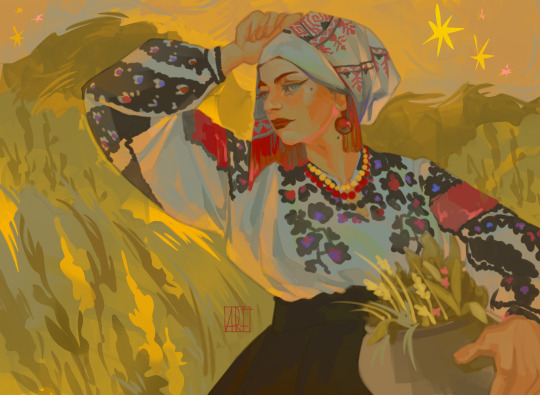
♥ Commissions info ♥ My gallery ♥ My twitter ♥ Support me on Patreon
498 notes
·
View notes
Text

Frantz Fanon, Peau noire, masques blancs, Éditions du Seuil, Paris, 1952 [Monoskop]
33 notes
·
View notes
Text
The Catalan folk duo Alosa singing the traditional Christmas song "La pastora Caterina". Video from their Instagram.
In this video you can see how one of the musical instruments that has been very common in the folk music from many places is... Not a musical instrument! The girl on the right is playing the square tambourine, but the girl on the left is playing a mortar.
Cooking utensils like mortars and spoons, or glass bottles with a rugged surface that produces sound when scraped with a stick or fork/knife/spoon (usually anise bottles), have always been very common in the kind of traditional music sang at home with the family, including Christmas songs, work songs while cooking, and songs on other holidays celebrated with the family.
#música#arts#nadales#folk music#traditional music#music#musical instruments#percussion#world music#folk songs#folklore#cultures#anthropology#ethnography#ethnology
176 notes
·
View notes
Text










Khinaliq, Azerbaijan
"I first came to Khinaliq to document life in Azerbaijan's highest inhabited village in 2003. Archeological evidence suggests that Khinaliq was inhabited four millennia ago and dates back to pre-Zoroastrian times. A village of nearly 1,000 shepherd families is built into the side of a mountain, each house made of river stone, one upon the other.
Khinaliq, because of its remoteness, still managed to preserve its ancient way of life. There is no running water but the streams nearby, no gas except the natural fires sprouting from the gas-pocked mountains. The people speak Khinaluq, a unique and endangered dialect attributed to the northeastern group of Caucasus languages. The only source of income is sheep breeding."
- Rena Effendi
#azerbaijan#photojournalism#photojornalist#street photography#ethnography#azeri#kavkaz#caucasian#caucasus#rena effendi
135 notes
·
View notes
Text
Queer women in urban China : an ethnography Elisabeth L. Engebretsen


Finally got around to start reading this book.
Elisabeth L Engebretsen is a Norwegian ethnographical reseracher who did field work in Beijing 拉relevant拉 (lala, queer women) communities in 2004-2006.
Edit: oh there's this glossary of Chinese terms discussed also, which is really nice when you know a bit of chinese and want to be able to check them out.

#queer books#books#gender studies#queer studies#china#queer women in urban china#Elisabeth L Engebretsen#拉拉#ethnography#queer china#mandarin
80 notes
·
View notes
Text



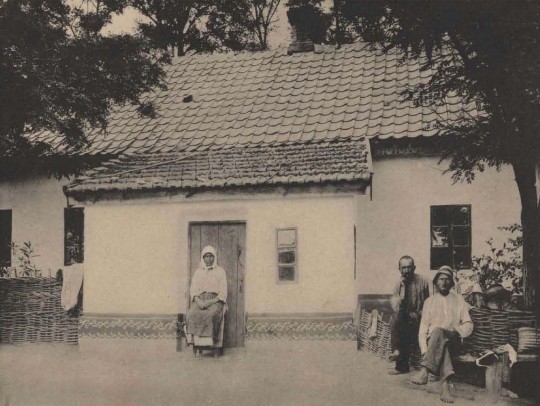
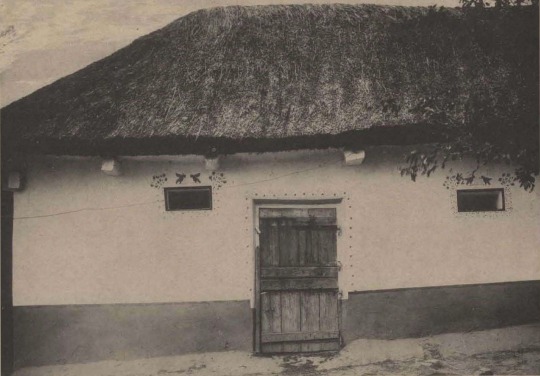
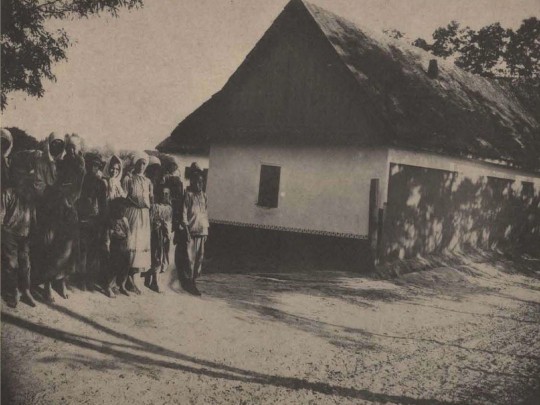

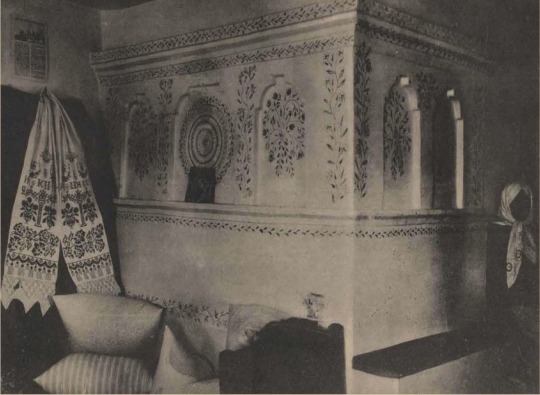
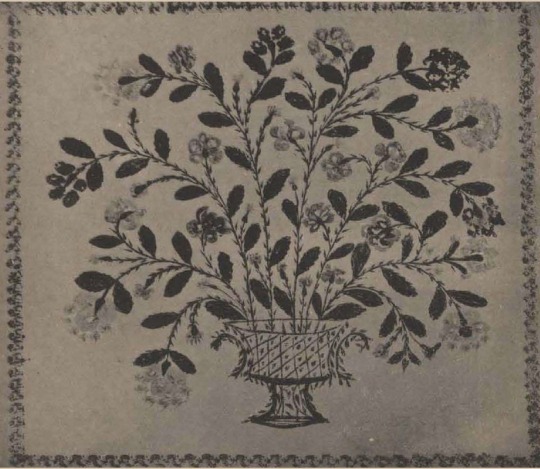

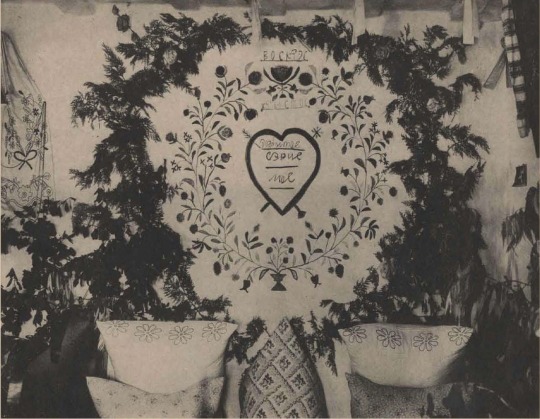
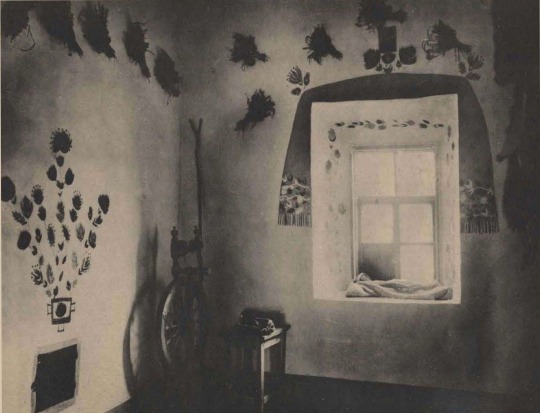


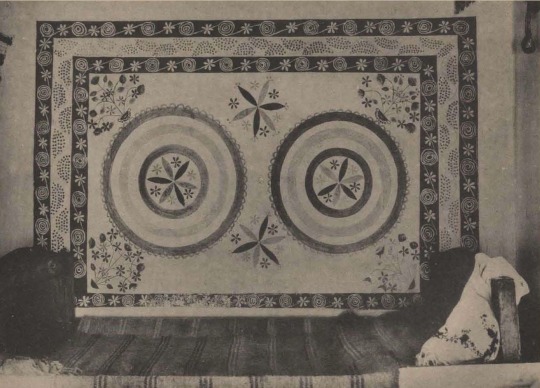

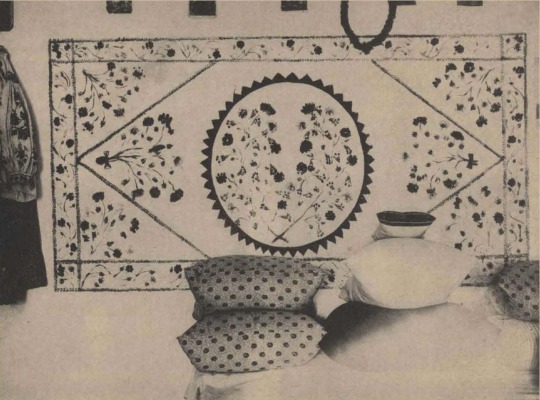

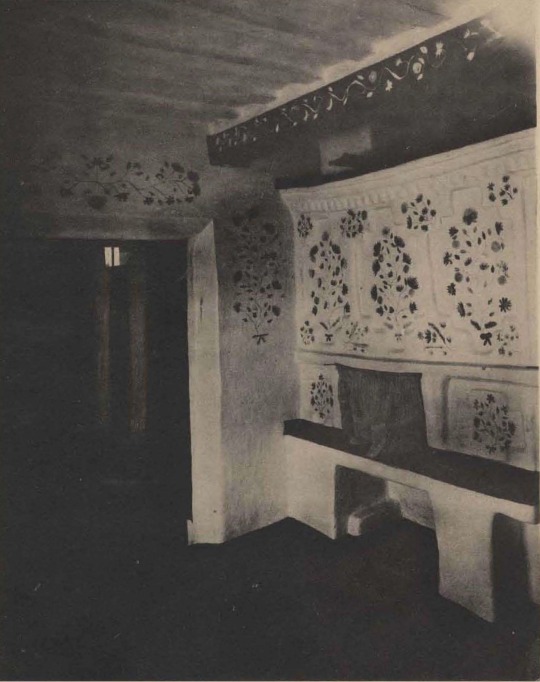
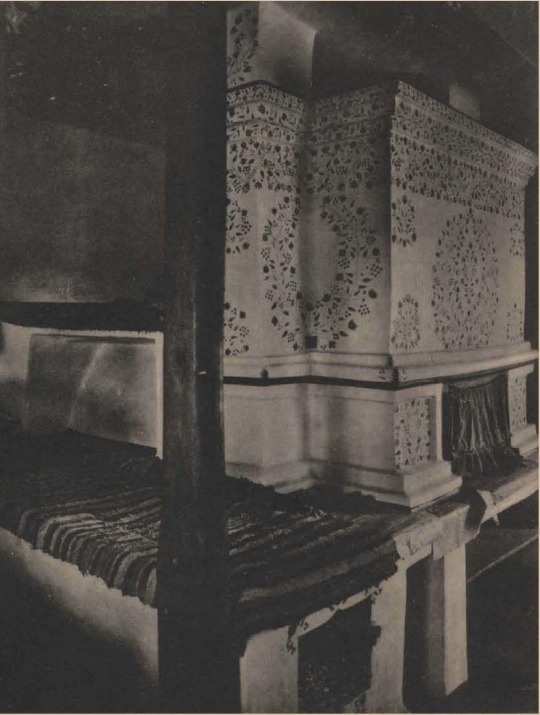
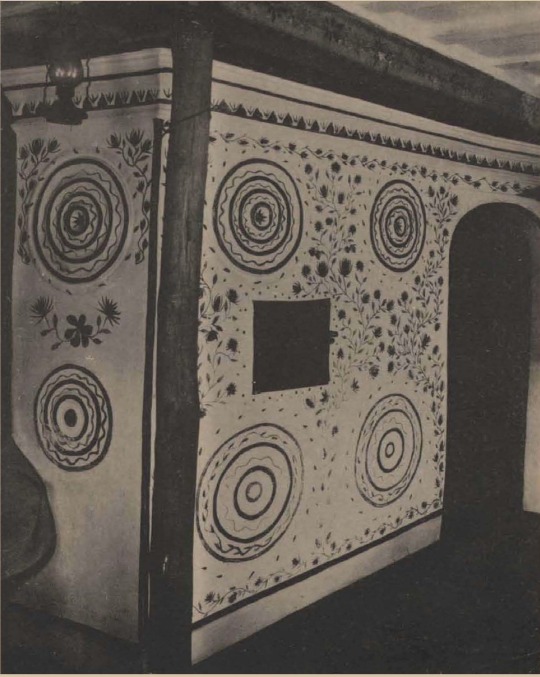
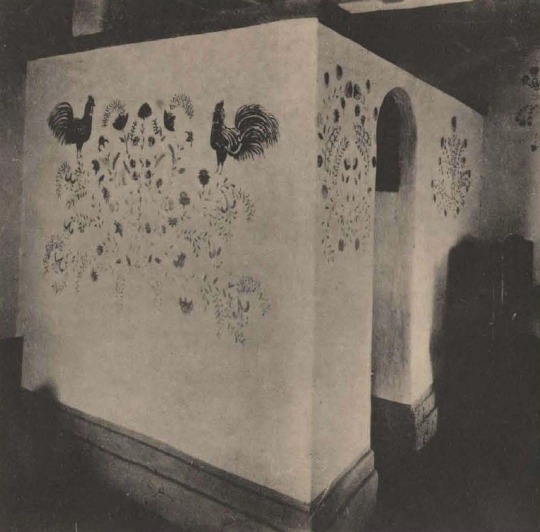
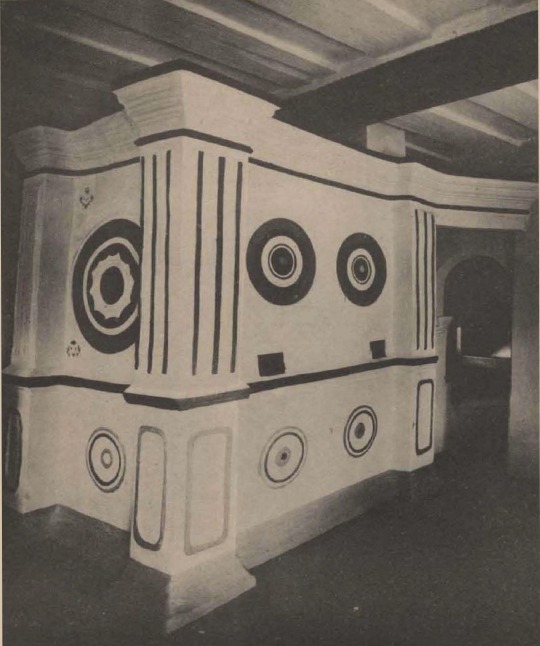

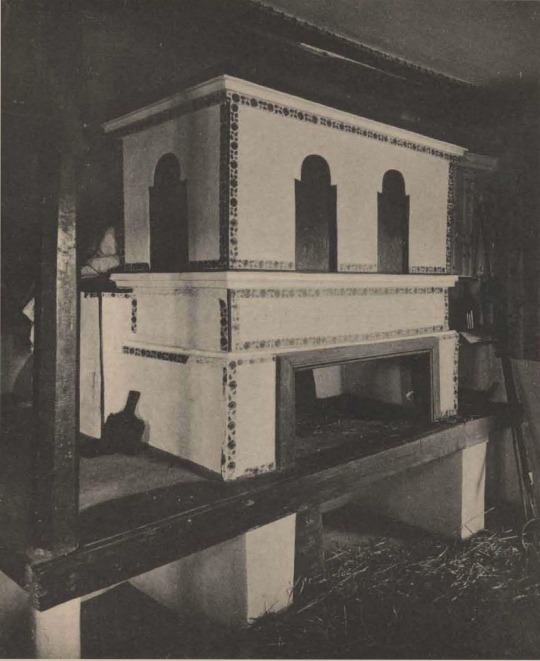

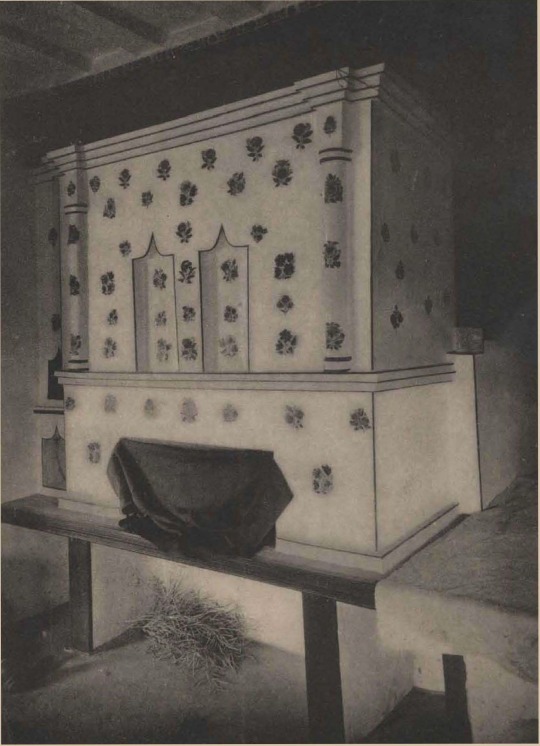

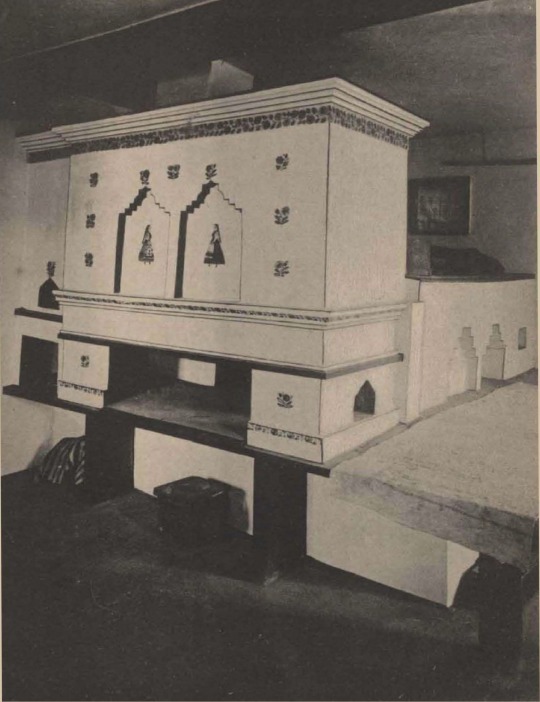

Wall and fireplace paintings in interior and exterior design of Ukrainian rural cottages from Dnipro, Kryvyi Rih and Kremenchuk areas, 1924-1928.
The book (where the main text is ukrainian, but attribution of photos you may see also in German) is here : https://uartlib.org/istoriya-ukrayinskogo-mistetstva/yevgeniya-berchenko-nastinne-malyuvannya-ukrayinskih-hat-ta-gospodarskih-budivel-pri-nih-dnipropetrovshhina/
#culture#world culture#traditional culture#interiors#cottage aesthetic#cottagestyle#retro#photography#vintage#ukraine#eastern europe#wall decor#wall drawing#home decor#ukrainian#cultural anthropology#ethnography#ethnology#folk culture#folk style#український tumblr#art#architecture
427 notes
·
View notes
Text


Scarecrow exhibition, Tihany Ethnographic Museum, 1978. From the Budapest Municipal Photography Company archive.
179 notes
·
View notes